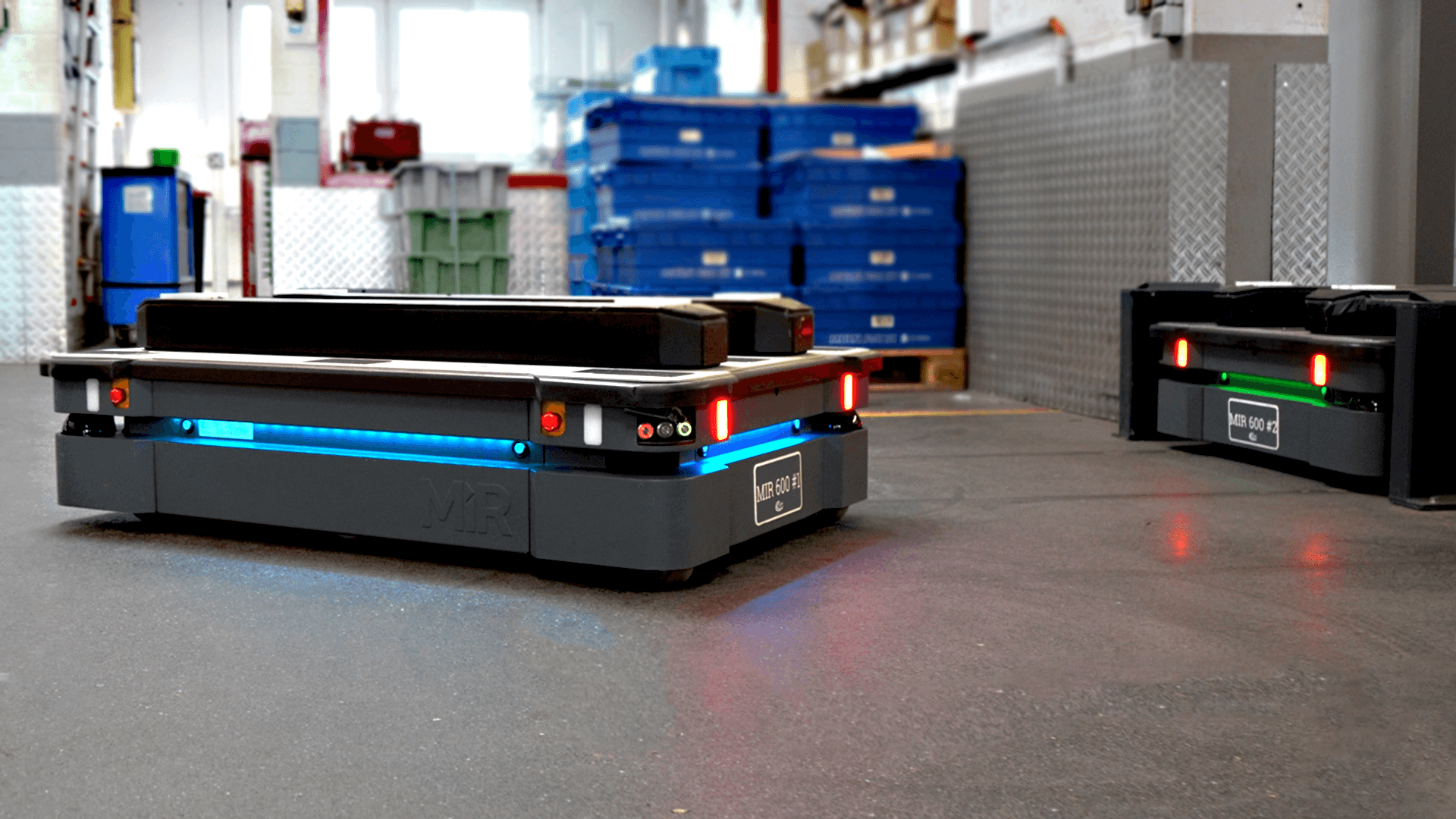Navigation : EXPO21XX News » Material Handling » Warehousing vs. Storage: What’s the Difference?
Warehousing vs. Storage: What’s the Difference?
In modern logistics and supply chain management, businesses rely on warehousing and storage to keep their goods secure and accessible. While the two terms are often used interchangeably, they serve distinct purposes. Storage simply provides space to hold products, whereas warehousing integrates inventory management, automation, and order fulfillment to optimize logistics.

With robotics and automation, warehousing is evolving, enabling faster material handling, efficient inventory flow, and reduced costs. Understanding these differences helps businesses determine the best solution for their needs—especially when leveraging third-party logistics (3PL) services.
Key Differences Between Warehousing and Storage
Capacity
- Warehousing: Large-scale facilities designed to store bulk inventory, raw materials, and finished goods.
- Storage: Smaller units used for specific goods, often for personal or temporary business needs.
Duration
- Warehousing: Best for long-term storage, ideal for businesses handling seasonal goods or maintaining stock for extended periods.
- Storage: Typically short-term, suited for temporary inventory needs.
Cost
- Warehousing: Higher costs due to management software, labor, and transportation.
- Storage: More affordable, as it requires fewer operational resources.
Services
- Warehousing: Includes inventory tracking, picking, packing, and shipping, making it essential for supply chain efficiency.
- Storage: Primarily offers a secure space, without additional logistics services.
Security
- Warehousing: Equipped with surveillance, restricted access, and personnel monitoring for enhanced security.
- Storage: Some security measures may be in place, but typically less robust than warehouses.
Location & Accessibility
- Warehousing: Strategically located near distribution hubs for faster transportation and fulfillment.
- Storage: Can be located anywhere, sometimes even within warehouse facilities.
For further information visit: mobile-industrial-robots.com
News Categories
- » NEWS HOME
- » Automation & Robotics
- » Industry 4.0
- » Material Handling
- » Sensors
- » Quality & Testing
- » Machine Vision
- » Laser & Optics
- » Metalworking
- » Motion Control & Drives
- » Hydraulics & Pneumatics
- » Process Industry
- » Renewable Energy
- » Agriculture
- » Home & Office Furniture
- » Additive Manufacturing
- » Environmental Tech
Related Expos
Tags
automation
digital cameras
drive system
factory automation
handling technology
industrial automation
industrial camera
industrial electronics
industrial robots
industrial sensor
industrial vision
Industry 4.0
intralogistic
intralogistics
laser applications
machine tool
machine vision
manufacturing process
materialhandling
material handling
measurement sensor
measurement systems
metalworking
motion control
motion drive
process industry
pumps
sensor technology
software
warehouse



